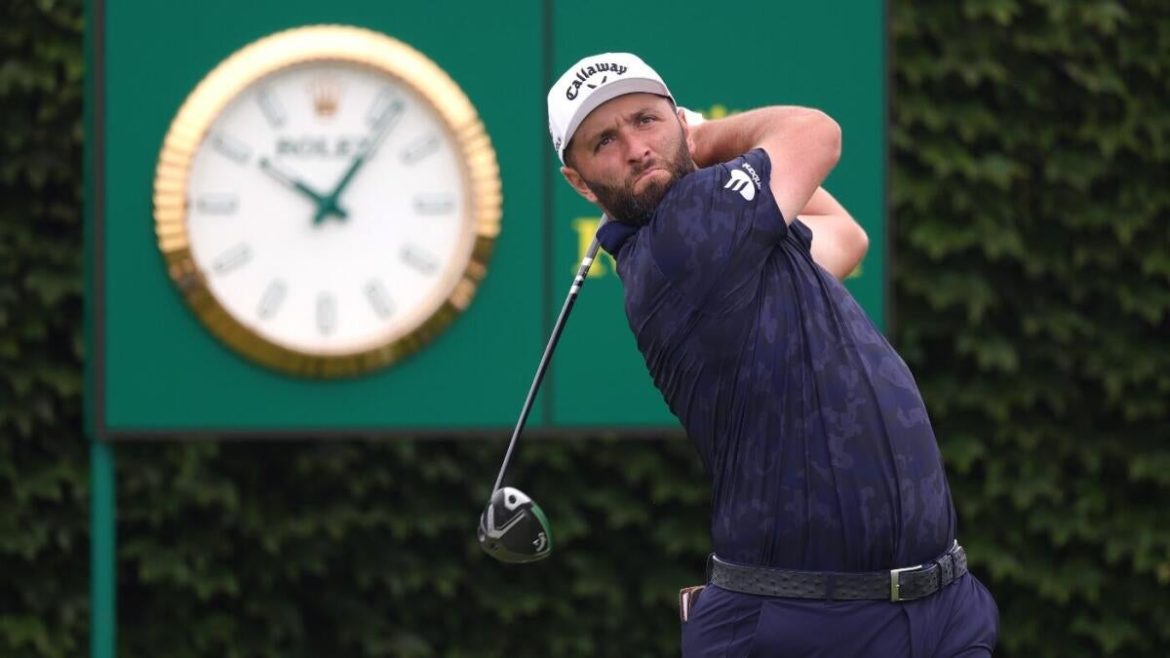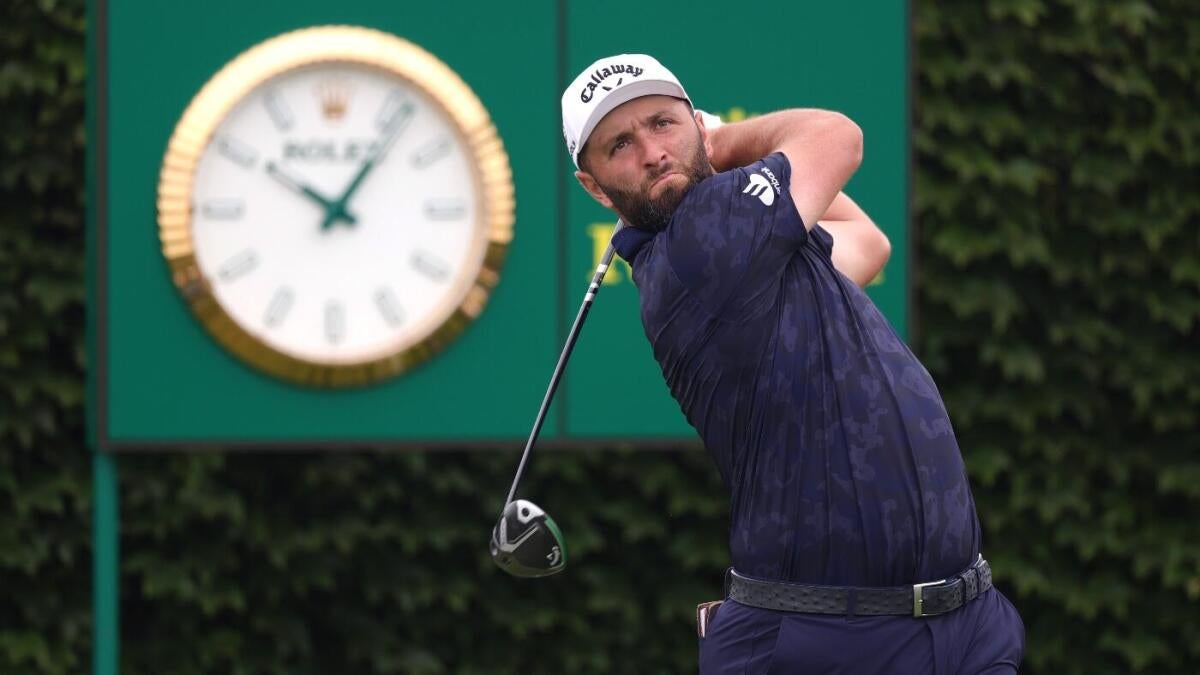Analyzing the 2025 U.S. Open Golf Predictions and Odds: Insights from a Proven Model
As anticipation builds for the 2025 U.S. Open at Oakmont, golf enthusiasts and bettors are keenly watching the latest analyses and odds. A standout aspect in this lead-up has been the predictive prowess of a data-driven golf model that has accurately called 15 major championships, including four consecutive Masters and multiple other majors. This analysis will dissect the model’s predictions, key player insights, and the evolving dynamics of the tournament’s field, offering a comprehensive understanding of what to expect in one of golf’s toughest challenges.
—
The Power of Simulation: Model’s Methodology and Track Record
At the core of current expectations is a statistical model that simulated the 2025 U.S. Open 10,000 times, particularly focusing on the final two rounds. This extensive simulation provides a robust probabilistic outlook rather than a simple pick, factoring in variances in player form, course difficulty, and environmental conditions.
Its track record is remarkable—accurately forecasting 15 majors including the Masters for four consecutive years, the PGA Championship, and recent U.S. Opens. This historical accuracy lends strong credibility to its 2025 projections and surprises, setting it apart from conventional expert opinions and betting tendencies.
—
Top Favorites and Surprising Contenders
The model currently positions Scottie Scheffler as the odds-on favorite, with +320 odds to claim the title. Scheffler’s recent form, including a Memorial Tournament win, aligns well with his top billing. Following him, Rory McIlroy, a five-time major champion, holds the second spot in betting odds at around +550 or slightly higher depending on the sportsbook. Despite McIlroy’s formidable reputation, the model intriguingly predicts he may stumble, bucking general expectations and signaling an unpredictable tournament narrative.
Bryson DeChambeau, priced around +900, aims to replicate Brooks Koepka’s rare back-to-back U.S. Open victories from 2017-18, adding to the tournament’s intrigue. His presence among the favorites underscores his potential to leverage power and precision on Oakmont’s notoriously challenging layout.
Notably, rising American players like Sam Burns and J.J. Spaun have emerged as leaders at under-par standings during tournament play, with Viktor Hovland the lone international in the mix. Such developments highlight how the model’s insights are dynamic, reflecting current form shifts that can upend conventional wisdom.
—
The Field’s Depth and Underdog Potential
Beyond favorites, the depth of the field is impressive, with several players ranked within striking distance according to recent betting markets. The model spotlights certain longshot picks with odds as high as 100-1 who could leverage course conditions or late surges to contend. This potential for upsets aligns with the U.S. Open’s history of testing every facet of a player’s game, rewarding consistency, mental toughness, and adaptability.
Players like Joaquin Niemann, noted for his LIV Golf exposure and steady rise, also present interesting angles in wagering, blending emerging talent with undervalued betting opportunities. The model’s capacity to identify these “sleeper” candidates is a key strength, providing bettors and fans with nuanced perspectives beyond headline names.
—
The Role of Course and Conditions
Oakmont’s reputation for punishing rough, fast greens, and strategic bunkering is central to interpreting predictions. The model incorporates how each player’s skill set matches these conditions. Players with demonstrated accuracy off the tee, deft short games, and proven resilience in major pressure perform better statistically.
This explains why certain high-powered but inconsistent players may rank lower despite big-hitting games. Conversely, those excelling in precision and mental fortitude feature prominently in the projected leaderboard, revealing that Oakmont demands a well-rounded, disciplined approach.
—
Weekend Dynamics and Final Rounds Focus
The emphasis on simulating only the last two rounds stems from the understanding that final-day performances often dictate majors. Pressure intensifies, pin placements tighten, and mental resolve becomes decisive. The model’s granular simulations generate probable weekend scenarios, identifying players likely to surge or falter under these conditions.
This approach helps in crafting smart betting strategies and viewing the U.S. Open as a saga unfolding round by round rather than a foregone conclusion after early action. For example, a player with a modest start but strong final round chances might be undervalued initially but favored by the model’s weekend simulations.
—
Conclusion: A New Lens on the 2025 U.S. Open’s Unfolding Drama
The 2025 U.S. Open promises to be a compelling blend of star power, emerging talent, and strategic depth, all illuminated by one of the most successful golf prediction models in recent history. Scottie Scheffler’s favored status matched against Rory McIlroy’s potential stumble, the rise of underdogs like Sam Burns and J.J. Spaun, and the challenge of Oakmont’s brutal terrain all converge into a tapestry rich with uncertainty and excitement.
For spectators and bettors alike, the model’s insights underscore that the U.S. Open is as much about mental and physical mastery as raw skill, especially across the weekend’s critical final rounds. Embracing these nuanced predictions offers a deeper appreciation of golf’s ultimate tests and the factors shaping who will etch their name into major championship history next summer.





